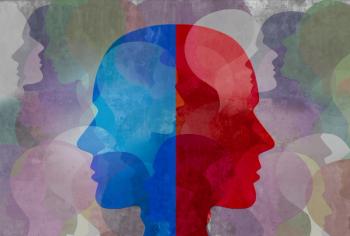
|Slideshows|March 4, 2021
5 Types of Anxious Bipolar Disorder
Author(s)Chris Aiken, MD
In what 5 ways can anxiety present in bipolar disorder?
Advertisement
Newsletter
Receive trusted psychiatric news, expert analysis, and clinical insights — subscribe today to support your practice and your patients.
Advertisement
Latest CME
Advertisement
Advertisement
Trending on Psychiatric Times
1
FDA Accepts Investigational New Drug Application for COMP360 for PTSD
2
New Phase 3 Clinical Vocal Biomarker Data on Brilaroxazine to Treat Negative Symptoms in Schizophrenia
3
It’s Not Normal: A Discussion of Psychosis in Epilepsy
4
FDA Grants Breakthrough Therapy Designation to Alixorexton for the Treatment of Narcolepsy Type 1
5

















